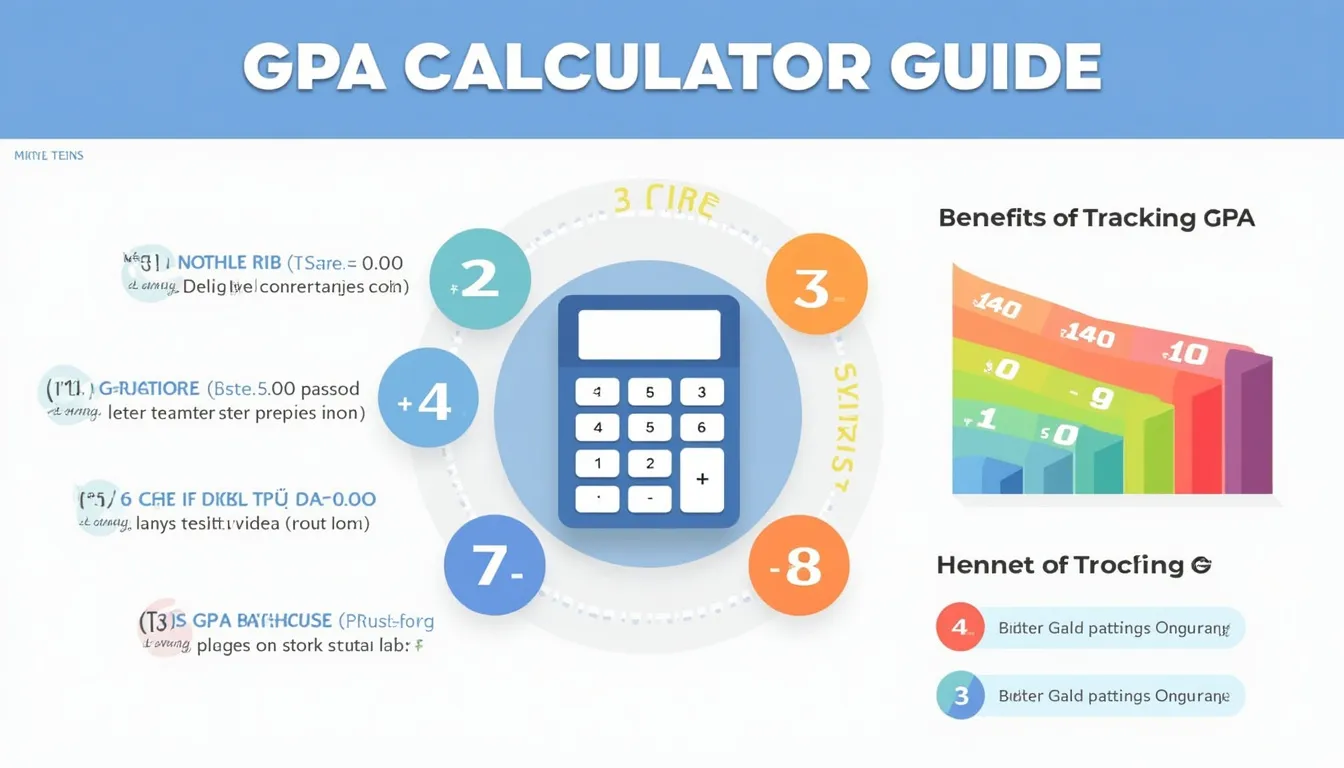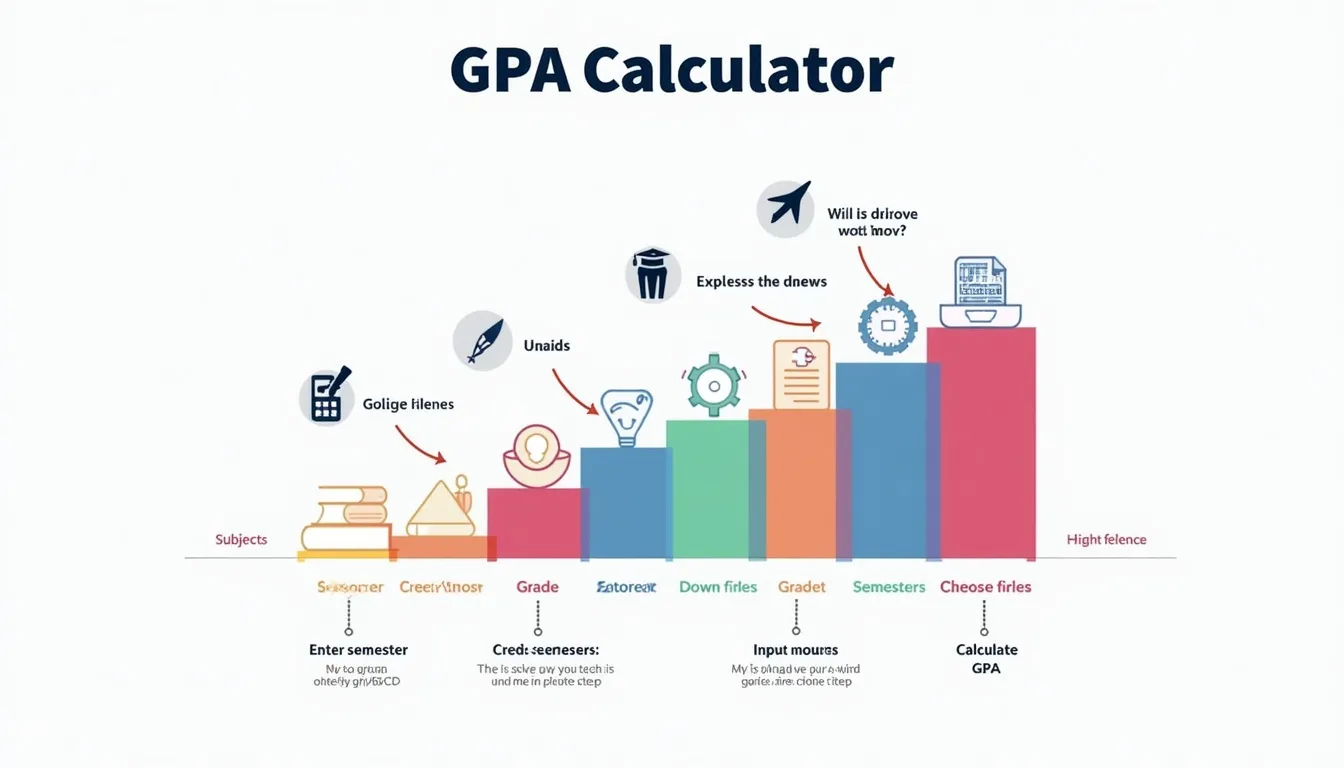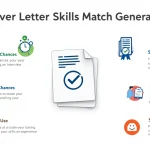GPA Calculator
Is this tool helpful?
How to use the tool
1 — Enter course count
You can analyse from 1 – 10 courses. Example inputs:
- Scenario A: 4 courses for your spring term.
- Scenario B: 7 courses when forecasting cumulative GPA.
2 — Add each grade
Select a letter grade. Two samples different from the form list:
- Course 3 grade: B+
- Course 6 grade: C-
3 — Type credit hours
Whole or fractional values are accepted (step 0.5).
- Example credit: 2.5 hours for a lab.
- Example credit: 5 hours for an intensive language course.
4 — Calculate
The tool applies the weighted-average formula:
$$ GPA = rac{\sum (Grade\ Points \times Credit\ Hours)}{\sum Credit\ Hours} $$
Worked example (Scenario A)
- A (4.0) × 3 cr = 12.00
- B+ (3.3) × 4 cr = 13.20
- C (2.0) × 3 cr = 6.00
- A- (3.7) × 2.5 cr = 9.25
- Total points: 40.45
- Total credits: 12.5
- GPA: 40.45 ÷ 12.5 = 3.24
5 — Refine and compare
Adjust any grade or credit hour, recalculate, and instantly see the new GPA.
Quick-Facts
- Grade scale: A = 4.0 to F = 0.0 follows College Board standards (College Board, 2023).
- Credit granularity: accepts 0.5-credit increments, matching common lab courses (AACRAO, 2022).
- Course limit: up to 10 per run—covers a full U.S. semester load (NCES, 2022).
- Result precision: rounded to two decimals, mirroring most transcripts (ETS, 2021).
FAQ
What is a GPA?
Your Grade Point Average is the rac of total grade points earned to total attempted credits, reported on a 0.00 – 4.00 scale (College Board, 2023).
How does the calculator work?
It multiplies each course’s numeric grade value by its credit hours, sums those products, then divides by total credits. The JavaScript mirrors the formula shown above, so results match manual calculations.
Which letter-to-point scale is used?
The tool follows the common U.S. conversion: A = 4.0, A- = 3.7, B+ = 3.3, down to F = 0.0 (College Board, 2023).
Can I include half-credit or quarter-credit courses?
Yes. Credit input accepts decimals such as 0.5 or 0.75, aligning with laboratory or seminar courses listed by registrars (AACRAO, 2022).
How many courses can I enter at once?
You may analyse up to 10 courses—enough for most semester or yearly loads reported by U.S. institutions (NCES, 2022).
Why does the output stop at two decimals?
Transcripts typically round GPA to two decimal places to standardise scholarship and honor calculations (ETS, 2021).
Is this calculator valid for scholarship checks?
Most merit scholarships require a minimum 3.0 GPA on the 4.0 scale; using the same scale lets you verify eligibility quickly (FSA, 2023).
How can I raise my GPA next term?
Focus on high-credit courses, retake failed classes where policies allow, and aim for grades above B; a single 4-credit A can lift a 12-credit 2.80 GPA to 3.00 (author calculation using tool).
Important Disclaimer
The calculations, results, and content provided by our tools are not guaranteed to be accurate, complete, or reliable. Users are responsible for verifying and interpreting the results. Our content and tools may contain errors, biases, or inconsistencies. Do not enter personal data, sensitive information, or personally identifiable information in our web forms or tools. Such data entry violates our terms of service and may result in unauthorized disclosure to third parties. We reserve the right to save inputs and outputs from our tools for the purposes of error debugging, bias identification, and performance improvement. External companies providing AI models used in our tools may also save and process data in accordance with their own policies. By using our tools, you consent to this data collection and processing. We reserve the right to limit the usage of our tools based on current usability factors.







